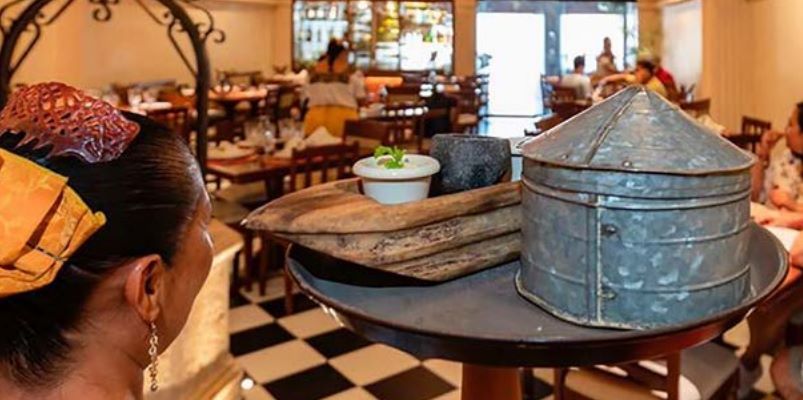A Taste of Campeche's Rich Culinary Traditions
Find out how the ancient Mayas and pirates influenced the food in Campeche. The focus is on high-quality ingredients, seafood, and corn that were grown before the Spanish arrived.

Campeche's cuisine is a rich blend of the state's entire history. From the food of the ancient Mayas to the arrival of the Spanish to the era of pirates and the influence of its geographic location, Campeche's gastronomic heritage is an intricate part of its history and daily life.
Traditions such as water carriers announcing their street food offerings and men doing the shopping at the market harken back to the time when pirates occupied the state and aimed to protect women. Another unique tradition is that certain dishes are made every week. For example, puchero is made on Mondays, steak casserole on Thursdays and fresh fish on Fridays. Chocolomo, a stew with meat and kidneys, is always made on Saturday nights.
The people of Campeche are known for their warm hospitality and for incorporating their history and love of their roots into each dish. Constants in Campeche's cuisine include the use of high-quality ingredients, a diverse array of seafood, a pre-Hispanic tradition of using corn, and similarities with the cuisine of the Yucatán Peninsula. Seafood is a staple, with popular dishes made from fish like mackerel, snapper, and sea bass, but the state's shrimp deserve a special mention for their quality and popularity.
Non-seafood dishes include tamales de masa colada, stuffed with meat and flavored with achiote sauce; pibinal (tender corn); and new corn tortillas made with lard. Sweet treats include marzipan, sweet potatoes, and coconut candies, and white bread varieties range from cream bread to bizcotelas. Dishes like panuchos, negritos, and pibipollos show the Mayan tradition, while panuchos, tamales, and the famous pan de cazón show the cazón tradition.




